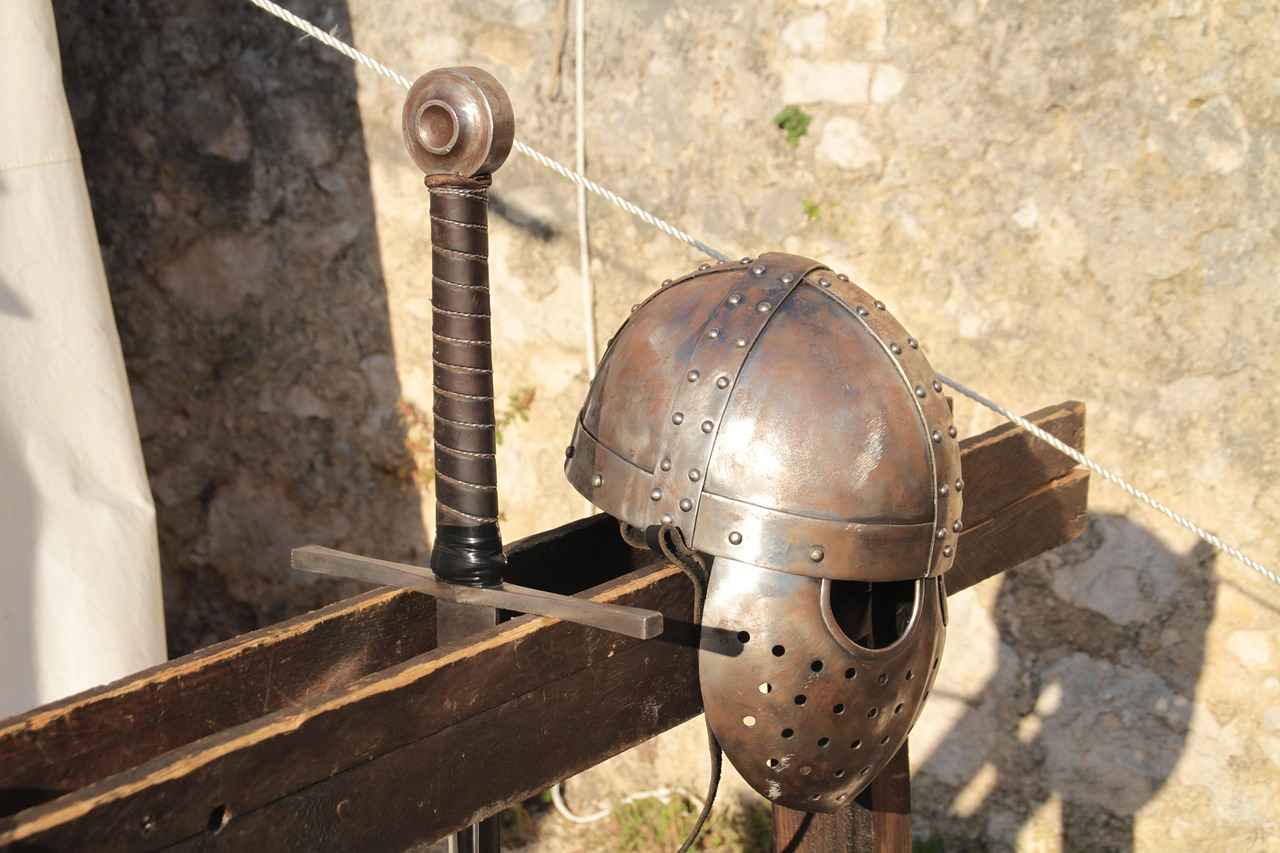This article delves into the most iconic sword fights in anime history, showcasing their significance, artistry, and impact on storytelling within the medium. Sword fights are not merely about physical combat; they often serve as pivotal moments that define character arcs and propel narratives forward.
Epic Battles that Define Genres
Sword fights in anime frequently define entire genres, blending action with deep character exploration. These battles often highlight the emotional stakes involved, allowing viewers to connect with the characters on a personal level. For instance, the legendary duel in Samurai Champloo not only showcases breathtaking choreography but also reflects the characters’ inner conflicts.
Iconic Sword Fighting Techniques
Anime features a variety of sword fighting techniques that add unique flair to battles. From the graceful movements of One Piece to the brutal realism of Berserk, each style captivates audiences and influences real-world martial arts. The incorporation of techniques like Iaido and Kendo enhances the authenticity of these fights.
Katana Mastery in Anime
- Cultural Significance: The katana is not just a weapon; it embodies the spirit of the samurai and Japanese culture.
- Famous Characters: Characters like Roronoa Zoro from One Piece and Himura Kenshin from Rurouni Kenshin exemplify the mastery of katana techniques, each with their unique fighting styles.
Western Sword Styles in Anime
While Japanese swordsmanship often takes center stage, Western styles also play a significant role. Series like Fate/Stay Night incorporate European sword techniques, showcasing the versatility of sword fighting across cultures.
Top Anime Sword Fights Ranked
Determining the greatest sword fights involves evaluating choreography, emotional weight, and overall impact. Iconic battles such as the clash between Guts and Griffith in Berserk and the duel between Kirito and Kayaba Akihiko in Sword Art Online stand out for their intense storytelling and visual spectacle.
The Impact of Sword Fights on Anime Culture
Sword fights have a profound impact on anime culture, influencing storytelling and inspiring fan engagement. These battles often symbolize character growth, reflecting internal struggles and personal development.
In conclusion, the artistry and significance of sword fights in anime extend far beyond mere entertainment. They encapsulate the emotional journeys of characters while enriching the overall narrative, making them a vital aspect of anime culture.
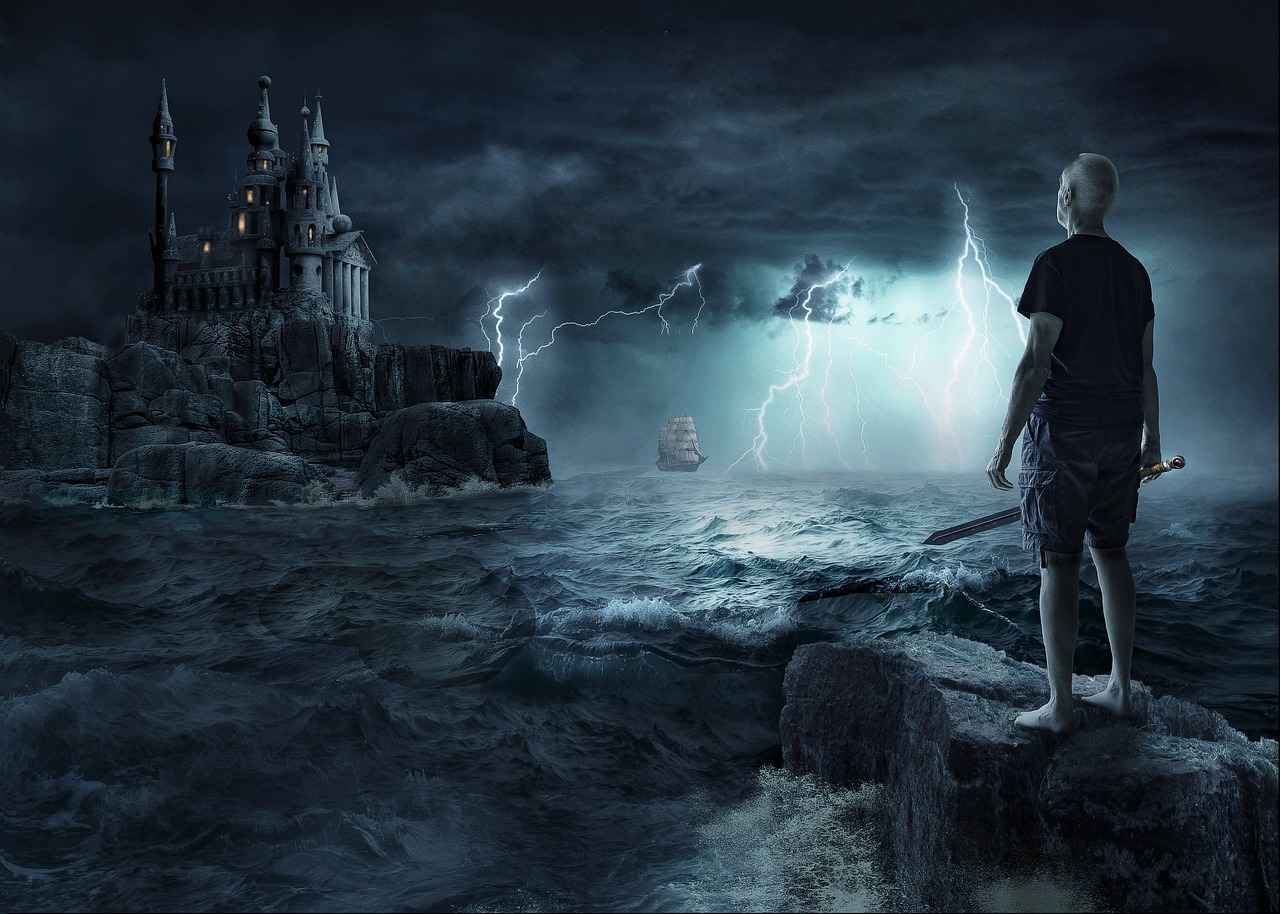
Epic Battles that Define Genres
The Best Sword Fights in Anime Ever
This article explores the most iconic sword fights in anime history, showcasing their significance, artistry, and impact on storytelling within the medium.
Sword fights in anime are not merely about the clash of blades; they often serve as a catalyst for character evolution and plot progression. These battles are meticulously crafted to reflect the emotional stakes of the characters involved, making them pivotal moments that resonate deeply with audiences. From the intense duels in Samurai Champloo to the breathtaking choreography in Attack on Titan, each fight contributes to the overall narrative, enhancing the viewer’s experience.
One of the most significant aspects of these battles is their ability to encapsulate the essence of the characters. For instance, the legendary duel between Ichigo Kurosaki and Uryu Ishida in Bleach not only showcases their fighting prowess but also highlights their conflicting ideologies and personal growth. Such battles are crucial in defining not only the characters but also the entire genre, setting a standard for future works.
Moreover, sword fights often incorporate a variety of styles and techniques, each reflecting different cultural influences. The portrayal of these techniques adds a layer of authenticity and depth to the fights, captivating audiences and inspiring real-world martial arts practitioners. This unique blend of artistry and storytelling is what makes anime sword fights truly unforgettable.
In conclusion, the sword fights in anime are more than just action sequences; they are a vital part of the storytelling fabric that shapes genres and influences viewers. As we delve deeper into the intricacies of these battles, we can appreciate their role in character development and narrative depth, solidifying their place in anime history.
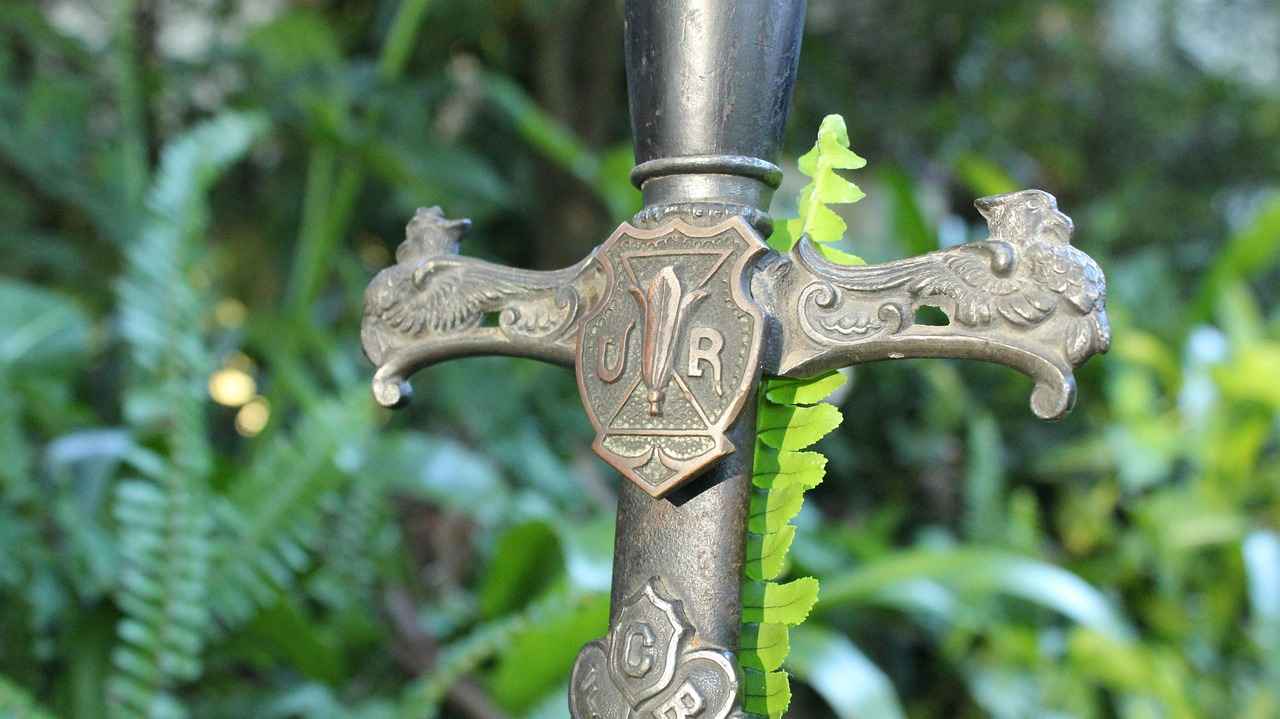
Iconic Sword Fighting Techniques
Sword fighting in anime is not just about flashy moves and epic clashes; it is a rich tapestry of techniques and styles that reflect the characters’ personalities and backgrounds. Each technique brings a unique flavor to the battles, captivating audiences and influencing real-world martial arts.
One of the most prominent styles featured is the Kenjutsu, which emphasizes precision and discipline. Characters like Ichigo Kurosaki from “Bleach” exemplify this art through their swift strikes and calculated movements. The portrayal of Kenjutsu in anime often highlights the spiritual connection between the warrior and their sword, adding a layer of depth to the combat.
Another fascinating technique is Ninjutsu, which incorporates agility and stealth. In series like “Naruto,” ninjas utilize swift, unpredictable movements, making their sword fights dynamic and unpredictable. This technique not only showcases physical prowess but also strategic thinking, as characters must outsmart their opponents.
Western sword styles also find their way into anime, often represented through characters wielding longswords or rapiers. Series such as “Fate/stay night” introduce these styles, blending them with magical elements to create visually stunning battles. The integration of Western techniques adds diversity to the fight choreography, appealing to a broader audience.
Moreover, the two-sword style, or Nitōryū, is famously showcased by characters like Roronoa Zoro from “One Piece.” This technique involves wielding a katana in each hand, allowing for a unique combination of offense and defense. Zoro’s mastery of this style not only defines his character but also serves as a narrative device to illustrate his growth and determination.
In conclusion, the various sword fighting techniques in anime do more than entertain; they enrich the storytelling and character development. By blending traditional martial arts with creative storytelling, these techniques have captivated audiences and left a lasting impact on both the anime industry and real-world martial arts.
Katana Mastery in Anime
The katana, a traditional Japanese sword, holds a prominent place in many anime series, symbolizing not just a weapon, but also a deep cultural heritage. This section delves into the artistry and precision of katana techniques as portrayed in various anime, illustrating their significance in Japanese storytelling.
In anime, the katana is often depicted with an emphasis on its elegance and lethality. Characters wielding katanas are frequently portrayed as masters of their craft, showcasing a variety of techniques that highlight their skill and discipline. This portrayal not only captivates audiences but also serves as a narrative device, reflecting the character’s growth, struggles, and inner turmoil.
- Symbolism of the Katana: The katana often represents the spirit of the samurai, embodying values such as honor, loyalty, and discipline. In many stories, the sword is more than just a weapon; it is a reflection of the wielder’s soul.
- Technique and Style: Anime showcases a variety of katana techniques, from swift slashes to intricate defensive maneuvers. These techniques are often exaggerated for dramatic effect, enhancing the visual storytelling and adding intensity to battles.
- Cultural Significance: The katana’s depiction in anime often draws on historical and cultural contexts, enriching the narrative. It connects viewers to Japan’s rich history and the philosophical underpinnings of its martial arts.
Famous katana-wielding characters, such as Ichigo Kurosaki from “Bleach” and Roronoa Zoro from “One Piece,” exemplify the mastery of the katana. Their unique fighting styles and character arcs are deeply intertwined with their swords, making them iconic figures in the anime landscape.
In conclusion, the portrayal of katana techniques in anime is a testament to their cultural significance and artistic expression. Through dynamic battles and rich storytelling, the katana serves as a powerful symbol of character development and the enduring legacy of Japanese martial arts.
Historical Context of Katana Use
Understanding the historical context of the katana is crucial for appreciating its portrayal in anime. The katana, a symbol of the samurai, embodies not just a weapon but a rich tapestry of cultural significance and tradition. Its design and craftsmanship reflect centuries of Japanese history, making it a vital element in storytelling.
Throughout various anime narratives, the katana often represents honor, loyalty, and the warrior spirit. The blade’s curvature and sharpness are not merely aesthetic; they are emblematic of the samurai’s philosophy, emphasizing precision and skill. This historical backdrop allows viewers to grasp the emotional weight behind each sword fight, enriching their understanding of character motivations and conflicts.
In many series, the katana is more than just a tool for combat; it serves as a metaphor for personal growth. Characters wielding katanas often undergo significant transformations, reflecting their internal struggles and the journey toward self-discovery. For instance, in shows like “Bleach” and “Rurouni Kenshin,” the protagonists’ mastery of the katana parallels their quest for redemption and understanding of their pasts.
Moreover, the katana’s portrayal in anime often draws from historical events and figures, providing a layer of authenticity that resonates with audiences. This connection to history allows viewers to appreciate the depth of the narrative, as battles are not just physical confrontations but also clashes of ideologies and values.
In conclusion, the historical context of katana use significantly enhances the viewing experience. By understanding its symbolic meaning and relevance in various anime, audiences can engage more deeply with the stories being told, appreciating the artistry and cultural significance behind each sword fight.
Famous Katana-Wielding Characters
This section delves into the fascinating world of katana-wielding characters in anime. These characters often embody the spirit of the samurai, showcasing exceptional skills and unique fighting styles that not only define their persona but also significantly impact their respective narratives.
- Ichigo Kurosaki from Bleach: Ichigo is known for his incredible speed and agility, utilizing his zanpakuto, Zangetsu, with precision. His transformation into a Soul Reaper allows him to tap into various fighting techniques, making his battles both visually stunning and emotionally charged.
- Roronoa Zoro from One Piece: Zoro is a master swordsman who wields three swords simultaneously, a technique known as Santoryu. His relentless pursuit of becoming the world’s greatest swordsman drives his character development and showcases his unwavering dedication and strength.
- Shinobu Kocho from Demon Slayer: As a Hashira, Shinobu employs a unique fighting style that focuses on speed and precision, using her katana in conjunction with poison techniques. Her battles are not just about strength but also strategy, showcasing her intelligence and resourcefulness.
- Himura Kenshin from Rurouni Kenshin: Kenshin’s reverse-blade katana symbolizes his vow against killing. His fighting style is a blend of speed and technique, emphasizing defensive maneuvers and counterattacks, which reflects his character’s internal conflict and growth.
- Kirito from Sword Art Online: As a dual-wielder, Kirito’s fighting style is characterized by rapid strikes and fluid movements. His katana skills are not only a testament to his gaming prowess but also play a crucial role in the development of his relationships and the overall plot.
Each of these characters brings their own unique flair to the art of sword fighting, making them memorable icons in the anime landscape. Their stories often intertwine themes of honor, growth, and redemption, resonating deeply with audiences and enriching the narratives they inhabit.
Western Sword Styles in Anime
While Japanese sword techniques often dominate the narrative in anime, it is essential to recognize the significant presence of Western sword styles in various series. These styles not only add diversity to the combat sequences but also enrich the storytelling by incorporating elements from different cultures and historical contexts.
Many anime series feature characters who wield swords inspired by European techniques, such as the longsword, rapier, and broadsword. These weapons come with their unique fighting styles that can be seen in epic battles. For instance, in Fate/Zero, the character Kiritsugu Emiya utilizes a blend of modern tactics and traditional swordplay, showcasing the versatility and adaptability of Western styles.
Moreover, shows like Vinland Saga offer a glimpse into the historical use of swords, particularly the Viking sword, highlighting the raw and brutal nature of combat during that era. The choreography of these battles often reflects the strategic mindset of the characters, emphasizing not just physical prowess but also tactical acumen.
Another notable example is Attack on Titan, where the characters employ a unique blend of sword techniques that resemble Western fencing. The 3D maneuver gear allows for dynamic movement, making the sword fights feel fluid and exhilarating. This integration of Western styles serves to broaden the appeal of the series, attracting audiences who appreciate a variety of martial arts.
In addition to their aesthetic appeal, Western sword styles in anime contribute to character development. The way a character wields their weapon can symbolize their values and background. For instance, a character who favors the rapier may embody traits such as precision and elegance, while one who uses a broadsword might represent brute strength and resilience.
In conclusion, the incorporation of Western sword styles in anime not only enhances the visual spectacle of sword fights but also adds layers of meaning to the characters and narratives. As anime continues to evolve, the integration of diverse martial arts will likely remain a vital aspect of storytelling, enriching the medium as a whole.
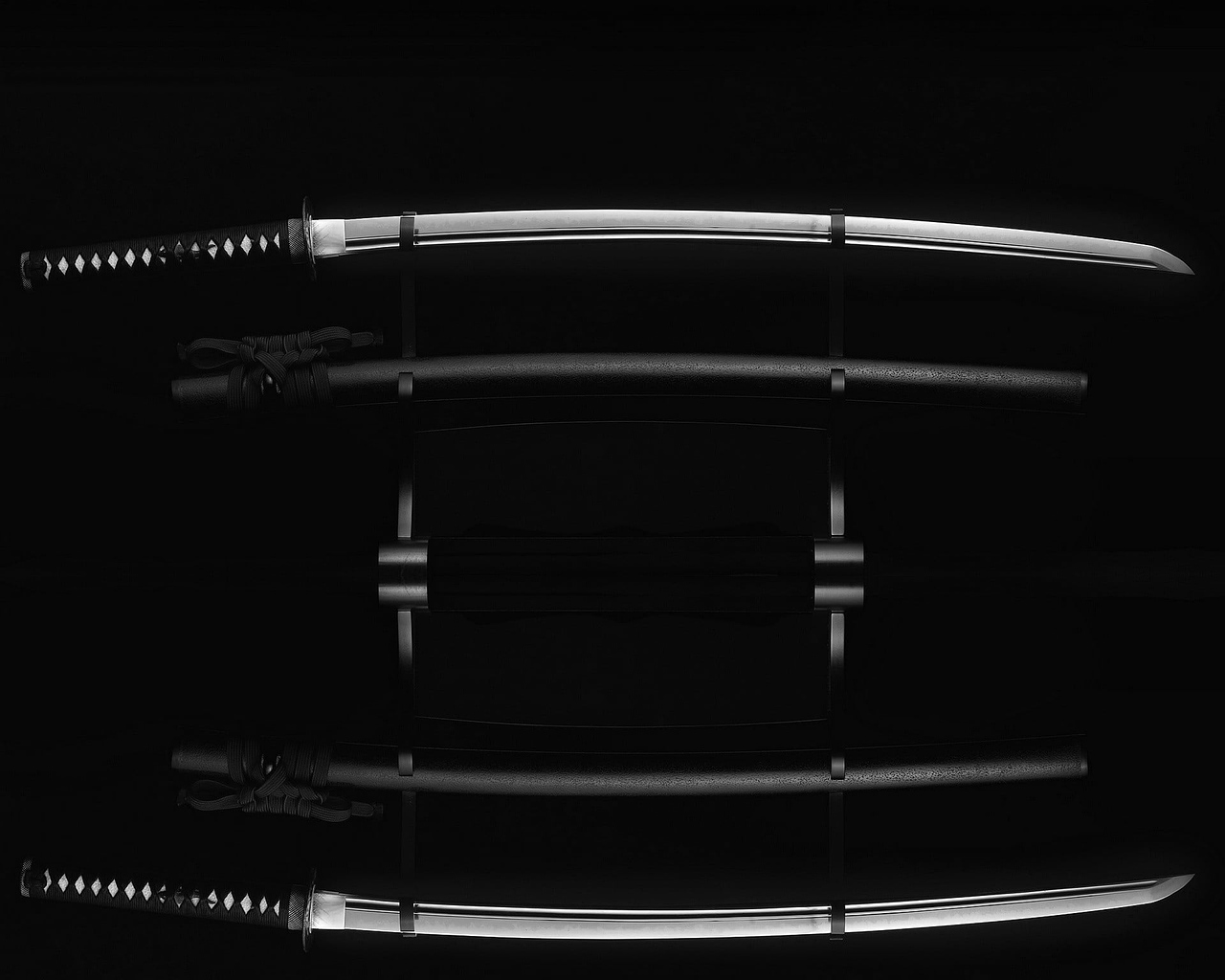
Top Anime Sword Fights Ranked
This section presents a carefully curated list of the most memorable sword fights in anime history. Each fight is ranked based on its choreography, emotional weight, and overall impact on viewers. These battles not only showcase stunning animation but also delve deep into character arcs and thematic elements.
| Rank | Anime | Fight Scene | Significance |
|---|---|---|---|
| 1 | Fate/Stay Night | Shirou vs. Archer | This fight embodies the struggle of ideals and the weight of choices, making it a pivotal moment in the series. |
| 2 | Samurai Champloo | Mugen vs. Jin | A stunning display of contrasting fighting styles, this duel highlights the characters’ personalities and philosophies. |
| 3 | Bleach | Ichigo vs. Kenpachi | This battle is a testament to raw power and determination, showcasing Ichigo’s growth as a fighter. |
| 4 | Attack on Titan | Levi vs. Kenny | A high-stakes confrontation that blends emotion with breathtaking choreography, revealing deep-seated rivalries. |
| 5 | Rurouni Kenshin | Kenshin vs. Saito | This duel represents the clash of ideologies, with each character embodying different aspects of Japan’s tumultuous past. |
These sword fights are not merely about the action; they encapsulate the emotional journeys of the characters involved. Each battle serves as a reflection of their struggles, growth, and the themes woven throughout their respective stories.
As fans, we often find ourselves captivated by the artistry and storytelling that these fights bring to the forefront of anime. They not only entertain but also provoke thought and discussion within the community.
Criteria for Ranking
When it comes to appreciating the artistry and significance of sword fights in anime, understanding the these battles is essential. This section delves into the various factors that contribute to a fight’s legendary status, offering insights into what makes these confrontations memorable and impactful.
- Choreography: The fluidity and creativity of the movements play a crucial role in a sword fight’s appeal. Exceptional choreography captivates the audience, making them feel the intensity and stakes of the battle.
- Character Development: A sword fight often serves as a pivotal moment for character growth. The emotional weight carried by the characters can elevate a fight from mere action to a profound narrative experience.
- Emotional Resonance: The ability of a fight to evoke emotions—whether it’s excitement, sadness, or nostalgia—greatly influences its ranking. Iconic battles often resonate with viewers on a personal level.
- Visual Impact: The artistic style, animation quality, and special effects contribute to a fight’s overall visual appeal. Stunning visuals can leave a lasting impression and enhance the storytelling.
- Context Within the Story: The significance of the fight within the overarching narrative is vital. A battle that ties deeply into the plot or character arcs can elevate its status among fans.
- Audience Reception: Fan reactions and the cultural impact of a sword fight can influence its legendary status. Fights that spark discussions or become memes often gain a foothold in anime history.
In conclusion, these criteria not only help in ranking sword fights but also enhance our appreciation of their artistry and narrative significance. By analyzing these elements, viewers can gain a deeper understanding of why certain battles stand out in the vast landscape of anime.
Fan Favorites and Hidden Gems
When it comes to sword fights in anime, there are numerous battles that have captured the hearts of fans worldwide. While some of these fights are iconic and often discussed, others remain hidden gems that deserve equal recognition. This section takes a closer look at both categories, celebrating the artistry and emotional depth of these remarkable encounters.
| Fan Favorites | Hidden Gems |
|---|---|
| 1. Guts vs. Griffith (Berserk) This epic clash not only showcases incredible animation but also delves deep into the themes of betrayal and ambition. | 1. Kira vs. Guts (Berserk: The Golden Age Arc) A lesser-known fight that highlights the raw intensity and emotional stakes of the story. |
| 2. Ichigo vs. Kenpachi (Bleach) This battle is celebrated for its high energy and character development, marking a significant turning point for Ichigo. | 2. Shichika vs. Zanki (Katanagatari) A beautifully animated duel that emphasizes the philosophical undertones of the series. |
| 3. Sasuke vs. Naruto (Naruto) The culmination of their rivalry, this fight is packed with emotional weight and stunning visuals. | 3. Tsubaki vs. Black Star (Soul Eater) A unique fight that blends humor with serious stakes, showcasing teamwork and growth. |
These fan-favorite battles are often discussed in forums and fan circles, celebrated for their choreography and emotional impact. However, the hidden gems listed above also offer captivating narratives and artistry that deserve to be explored. By recognizing both well-known and lesser-known fights, fans can gain a deeper appreciation for the craft of sword fighting in anime.
In conclusion, whether they are celebrated in mainstream discussions or quietly appreciated by a dedicated few, sword fights in anime serve as a powerful storytelling tool. They not only entertain but also reflect the characters’ journeys, making them an essential aspect of the anime experience.
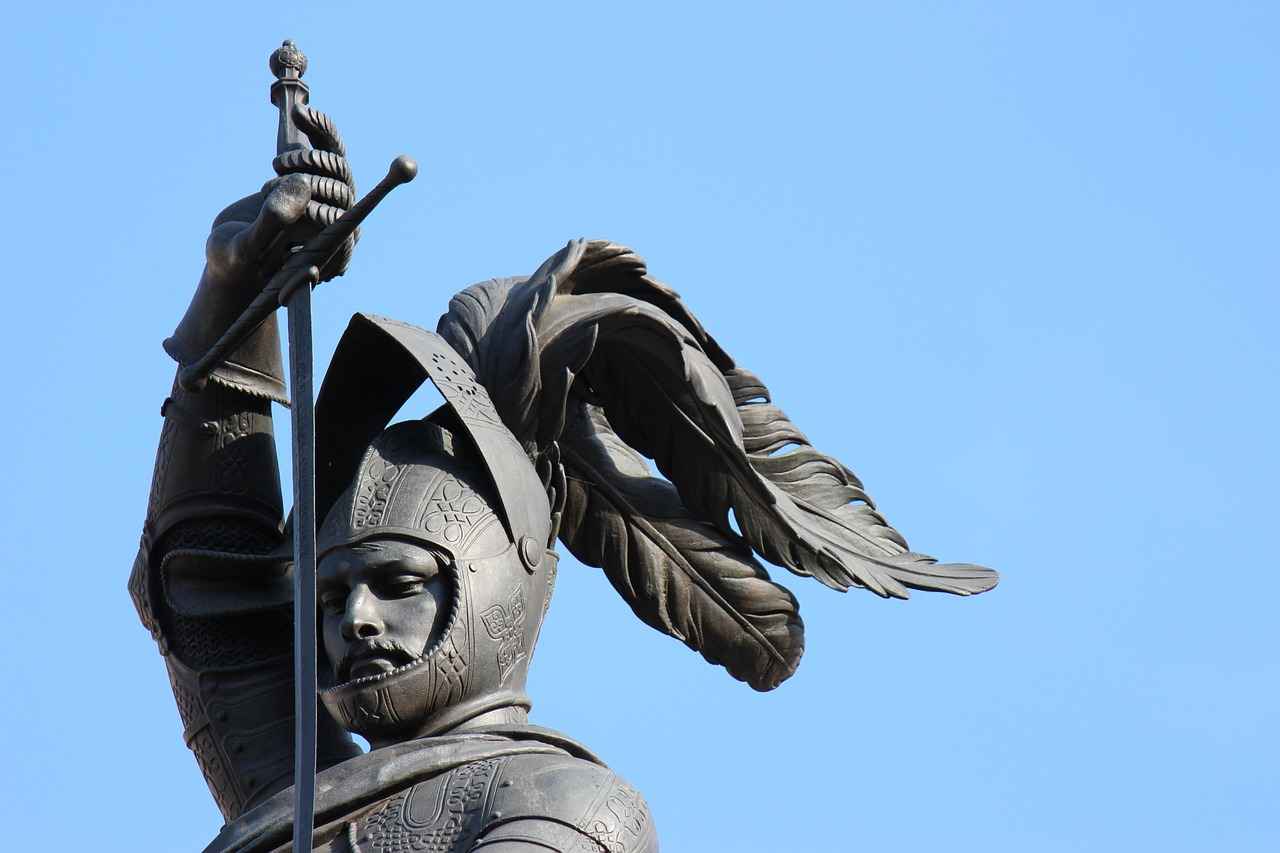
The Impact of Sword Fights on Anime Culture
Sword fights in anime are not merely a spectacle of skill and artistry; they hold a deep cultural significance that resonates with audiences worldwide. These battles often transcend the screen, influencing storytelling, character development, and community interactions.
At their core, sword fights serve as a narrative device, illustrating a character’s growth and internal struggles. For instance, a protagonist’s journey from a novice to a master swordsman often parallels their personal evolution, making these battles a powerful symbol of transformation. This thematic depth invites viewers to connect emotionally with the characters, enhancing their overall experience.
Moreover, sword fights in anime foster fan engagement and community discussions. Fans frequently analyze and debate the intricacies of these battles, from the techniques used to the motivations behind them. This engagement helps to build a vibrant community where enthusiasts share theories, fan art, and even choreographed reenactments of their favorite scenes. Such interactions not only enrich the viewing experience but also contribute to the longevity of the series.
The impact of sword fights extends beyond individual series, shaping the broader landscape of anime culture. Iconic battles often define genres, influencing new works and setting standards for choreography and storytelling. As a result, they become reference points for both creators and fans, solidifying their place in anime history.
In conclusion, sword fights in anime are a multifaceted element that enriches the medium. Their ability to convey profound themes, inspire community engagement, and influence storytelling makes them a vital aspect of anime culture. As we continue to explore these epic battles, we uncover not just the artistry of combat but also the deeper connections they forge among fans and creators alike.
Sword Fights as a Symbol of Growth
Sword fights in anime are not merely displays of skill and artistry; they often serve as profound metaphors for character growth and transformation. In various narratives, these battles become pivotal moments that reflect a character’s internal struggles, fears, and aspirations. This subsection delves into how these intense confrontations symbolize personal development and the journey of self-discovery.
Throughout the history of anime, many characters face formidable opponents in sword fights that mirror their emotional conflicts. For instance, when a protagonist confronts a rival, the clash is not just about physical prowess but also represents their internal battles. The sword becomes an extension of their will, embodying their desires, regrets, and the lessons learned along the way. Each swing of the blade can signify a step toward overcoming personal demons, making these fights deeply resonant.
- Character Transformation: A character’s evolution is often illustrated through their fighting style. As they grow, their techniques may become more refined, symbolizing their newfound strength and understanding.
- Emotional Climax: Sword fights frequently occur at crucial narrative junctures, acting as climactic points where characters confront their pasts, leading to significant revelations.
- Symbolism of the Sword: In many cultures, the sword represents honor, power, and destiny. In anime, this symbolism is leveraged to depict a character’s journey toward embracing their true self.
Moreover, these battles often showcase the contrast between light and darkness, where the protagonist battles not only their adversary but also the darker aspects of their own personality. Such dualities create a rich tapestry of storytelling that engages viewers on multiple levels.
In conclusion, sword fights in anime serve as a powerful narrative device, encapsulating the essence of character growth and transformation. They allow audiences to witness the profound journey of characters as they navigate their struggles, ultimately leading to a deeper understanding of themselves and their place in the world.
Community Reactions and Fan Theories
The world of anime is vibrant and dynamic, with fans passionately engaging in discussions about their favorite series. Among the most captivating topics are the iconic sword fights that have left an indelible mark on anime culture. These battles are not merely sequences of combat; they are rich with emotional depth and thematic significance. Fans often analyze these scenes, contributing to a broader understanding of the narratives and characters involved.
One of the key aspects of fan engagement is the interpretation of battles. Viewers frequently debate the motivations behind each fighter’s actions, exploring the psychological and emotional stakes at play. For instance, in a well-known duel, fans might discuss how a character’s backstory influences their fighting style, thereby linking personal history with combat decisions. This analytical approach fosters a deeper appreciation for the storytelling elements woven into the fights.
Furthermore, fan theories often emerge from these discussions, with communities proposing various interpretations of the events depicted in these battles. Some fans might speculate on potential future encounters based on past sword fights, while others may delve into the symbolism of the weapons used. This kind of engagement not only enhances the viewing experience but also creates a sense of community among fans who share similar interests.
Another important aspect is the impact of sword fights on character development. Fans often highlight how a significant duel can serve as a pivotal moment for a character, marking their transformation or growth. The analysis of these moments contributes to a richer understanding of the character arcs and the overall narrative structure.
In conclusion, the community’s engagement with iconic sword fights extends beyond mere appreciation; it fosters a culture of analysis and discussion that enriches the anime experience. Through interpretations and theories, fans contribute to a living narrative that evolves with each new viewing, ensuring that these battles remain a vital part of anime culture.
